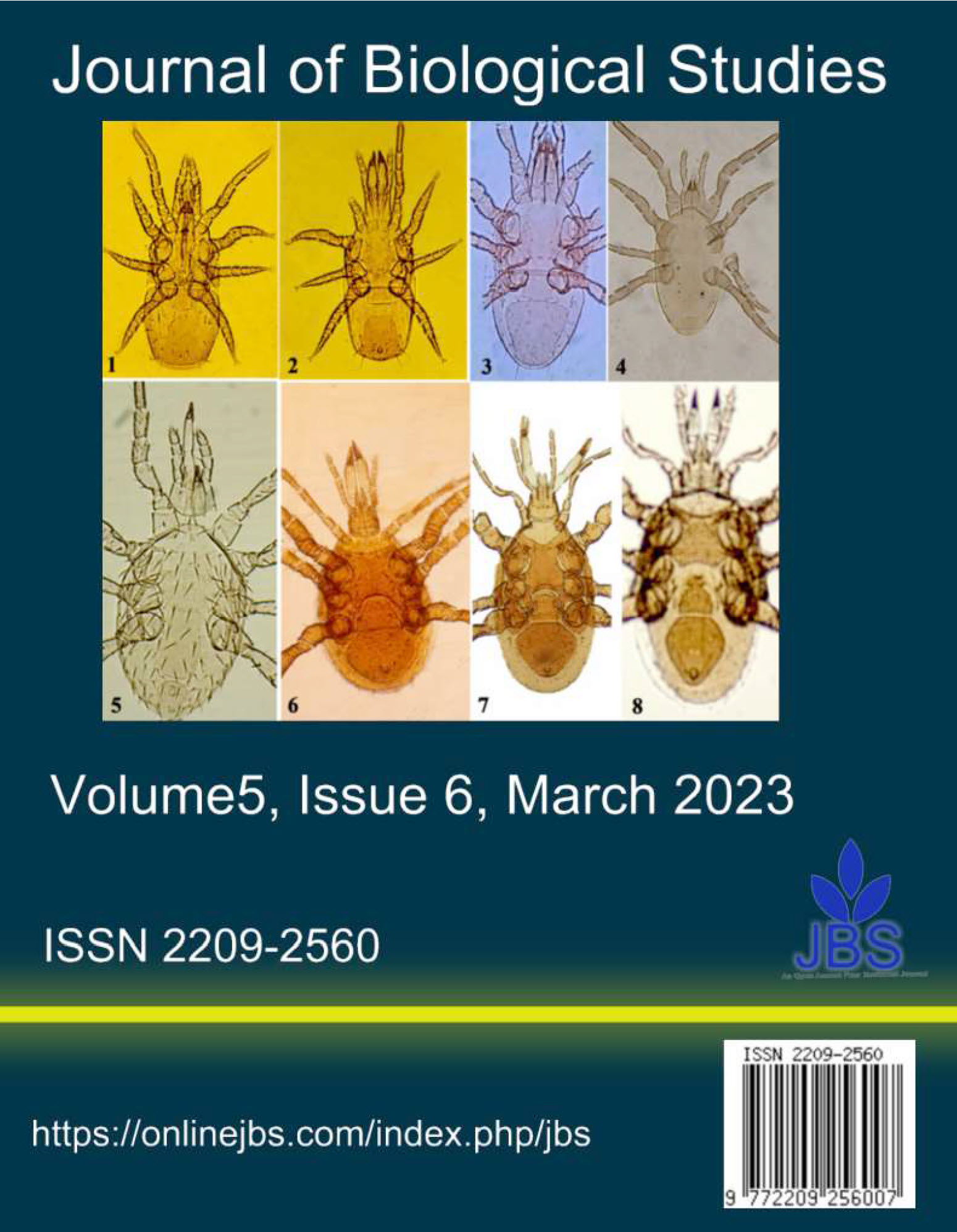Physicochemical and microbiological characterization of olive oil mill wastewater (OMWW) from Algerian Sahara, region of Ghardaia
Main Article Content
Abstract
The aims of this study were to determine the physical-chemical and microbiological
characteristics of olive oil mill wastewater (OMWW) resulting from the extraction of olive oil in
Algerian Sahara in Ghardaia region, and to evaluate the antibacterial activity of the OMWW
extracts manifested by their phenolic compounds on the identified bacteria. This is the first study
of physicochemical and microbiological characterization of the olive mill wastewater resulting from
the modern industrial unit of trituration of olives by three-phases centrifugation in Ghardaia re-
gion in Algerian Sahara. The results showed that this effluent is too rich in organic matter that
is expressed by BOD5 and COD. It is also characterized by an acidic pH (4.8) and a high level of
phenolic compounds. The microbiological study of the olive oil mill wastewater showed the isola-
tion of three GRAM positive bacterial strains (Staphylococcus aureus, Staphylococcus epidermidis
and Bacillus subtilis ) and five fungal strains (Penicillium sp, Aspergillus ochraceus, Aspergillus fu-
migatus, Penicillium chrysogenum and Aspergillus niger ), and one strain of yeast Saccharomyces
cerevisiae. The results of the antibacterial activity showed that strains which were isolated from
the olive oil mill wastewater were resistant to the phenolic compounds whereas clinical strains were
sensitive.
Article Details

This work is licensed under a Creative Commons Attribution 4.0 International License.
